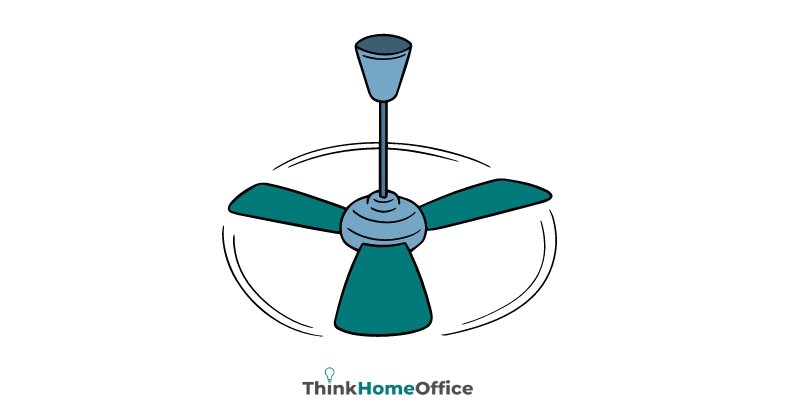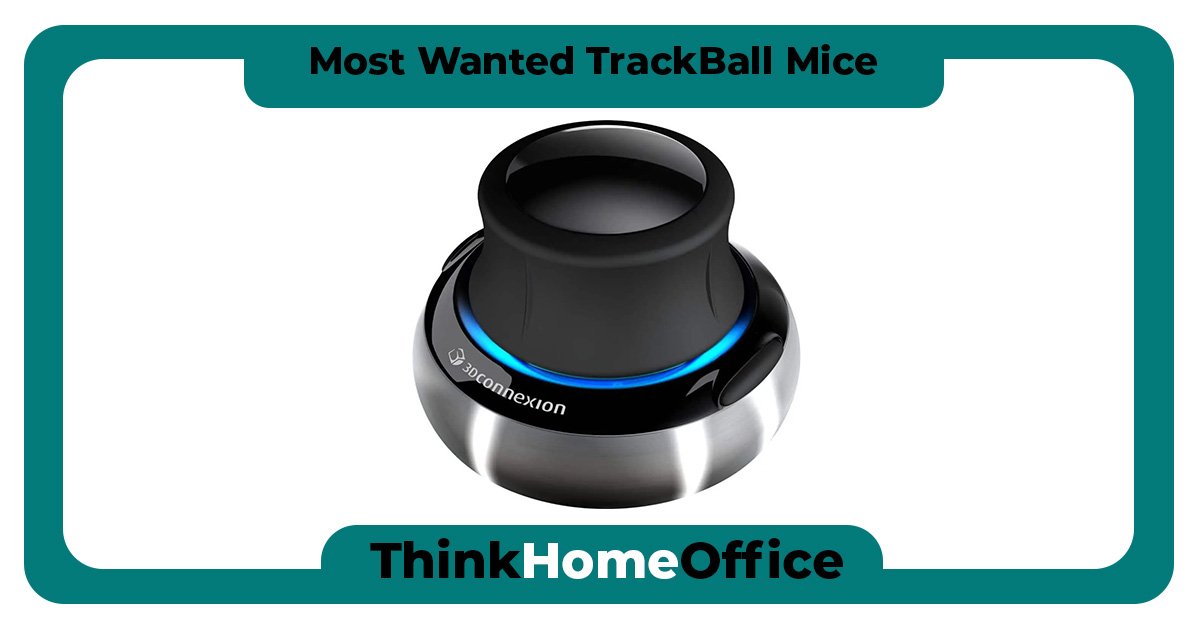Introduction
It is recommended that you have some sort of cooling down system in your home office, especially if it is upstairs or somewhere without adequate air circulation, if that’s you may be thinking ‘should my home office have a ceiling fan?’
A correctly cooled home office makes for a better working environment
If your home office is particularly hot during certain times of the day, then you would benefit by having a ceiling fan, which can cool down your space and create a more comfortable environment. Especially for those that spend long periods of time working.
There are two main types of ceiling fans: ones fitted with lights, and those without. You may want to go with the one that includes the light because it is also more useful, maybe even more aesthetically pleasing, especially if all you have is a single desk lamp.
If you do not want to spend any money on cooling down your home office, think about just opening up the window for air circulation when it’s hot. That may help, though only if the external temperatures are lower than your internal office temperature. If it is too hot from direct sunlight then, try closing curtains or blinds around the room to block it out.
Hopefully, if the above doesn’t suffice, this article will discuss the pro’s and con’s of Ceiling fans, so you make the right call.
Should a home office have a ceiling fan?
Ceiling fans are one of man’s oldest forms of air conditioning, having been around since the 1800s, and they work by circulating the air in a room. This keeps the entire space cooler without actually lowering the temperature like an AC unit would.
When it comes to acoustics some people like to read in their office while others like to turn on the radio while they’re working, but comfort is important – especially if you’ll be spending several hours in your office every day. So whether the fan is noisy or looks cheap, it’s important to consider the pros and cons of buying ceiling fan for your home office.
Advantages of Having a Ceiling Fan in Your Home Office
The following are Pros and Cons of having a ceiling fan in your home office:
- Energy use. The amount of power that you use will be negligible! Fans only use electricity to make the fan blades spin, which means that you’ll barely be using any energy at all.
- Cost. Ceiling fans are considered inexpensive! Fans range in price from $20-$100 and upwards depending on the features included. For example, some fans come with remotes, have lights built into them, though remember the price will increase with more features, or with more desirable design attributes or materials. There are even some models that you can control with your phone – like the Breez Ceiling Fan.
- Cooling. Ceiling fans have a cooling effect – they create a wind chill effect by making the surrounding air colder and some may actually help to lower humidity levels too!!!
- Maintenance. They’re easy to maintain, just the occasional dusting is required.
- Installation. They’re easy to install! They come with hangers and screws, so you can easily mount them on your ceiling. Now it’s just a matter of wiring/ plugging the fan into an outlet! But if it does need wiring, or you have particularly high ceilings, you should consider consulting an electrician to avoid injury.
Disadvantages of Having a Ceiling Fan in Your Home Office
Cons of having a ceiling fan in your home office:
- Noise! Ceiling fans often emit a low hum due to the airflow and motor, which may be distracting for people who work with others in open spaces, assuming they themselves are not bothered by it. The average noise emitted by most fans is usually about 50-60 decibels, which should not be excessive even in shared office spaces. The type of fan should be taken into account as some are quieter than others. Some people are bothered by the motor noise if it’s directly above them, but more modern motors are far more quieter than older ones. If you are looking to get a ceiling fan, review the amount of noise it emits prior to purchasing it; and where possible, keep it on lower speeds which will most likely mean quieter running.
- Inconvenience. Ceiling fans can interfere with the placement of lighting arrangements, maybe even computer monitors and television screens.
- Sizing. It can be difficult to find the right size for your office space. Of course the best options on the market are the hugest ones possible, to cover the maximum amount of space. However, if you have lower ceilings, these monsters will hang down too low and be in your way.
Home Office Ceiling Fan Safety
If you decide that a ceiling fan is what you want in your office, here are some tips for ensuring its safety:
- Make sure it’s securely mounted – you may need to assess where your ceiling strong points are.
- Never put your hands or fingers in between the fan blades when it’s moving, even if it is on a slow speed.
- Keep pets and children away from the fan while it’s running (and watch them very carefully). Do not locate them near bunk beds!
Are ceiling fans out of style in 2023?

There are those who believe that ceiling fans look outdated and no longer in style, but this is not the case. Some modern ceiling fans have a great contemporary look.
Ceiling fans can be styled to match any décor. Additionally, there are numerous styles of blades that allow the fan to blend into the rest of the room as another piece of decor as opposed to a solitary piece standing on its own as an obtrusive fixture.
In fact, if you own a home or work from a home office that has been built fairly recently in a warm location then chances are you’ll find yourself wanting a ceiling fan. They become part of the look you’d expect from a home based in a warmer climate.
How to choose the best ceiling fan for your home office
Choosing a ceiling fan for an area like a home office is different than choosing one for other rooms in the home, because a home office generally only has one person working at any given time, there aren’t many additional considerations other than taste or company, and it’s an area that doesn’t require much additional light.
Consider the following:
- Setting. Start by determining what the room’s purpose is, say if it’s more than just a home office. If you will typically be working in there during the daytime, a ceiling fan with a light isn’t necessary.
- Location. Consider where it is to be located. Is there a beam in the center of the room that you cannot avoid? If so, then look for a fan that doesn’t sit low.
- Proximity to usable space. Is it going to too near, or too far from where you are seated? Will your head may be below it when it’s on – will you find it a nuisance? Also,could it be too far from where you are seated, then perhaps having a ceiling fan is unnecessary. Is there enough space in the room to fit a ceiling fan? Will there still be enough walkway around it? If not, can you go for a smaller model?
Weigh up your options and consider which type of fan best suits the room that you want to put it into.
To Wrap Up…
Although a ceiling fan is certainly a great investment, it should be determined whether or not the room you want to put it into really needs one. Also, as discussed above, remember that a ceiling fan should not be chosen simply because it looks good! Choose the right one based on function and appeal.
Experience in this situation: We have several ceiling fans (Living Room, Bedrooms, and the home office). We also have Air Con units, which are used interchangeably and find both are very handy in hot or humid weather.
So, if you’ve read this article and think you need one, start shopping for one today and you’ll be cool and comfortable in no time!






